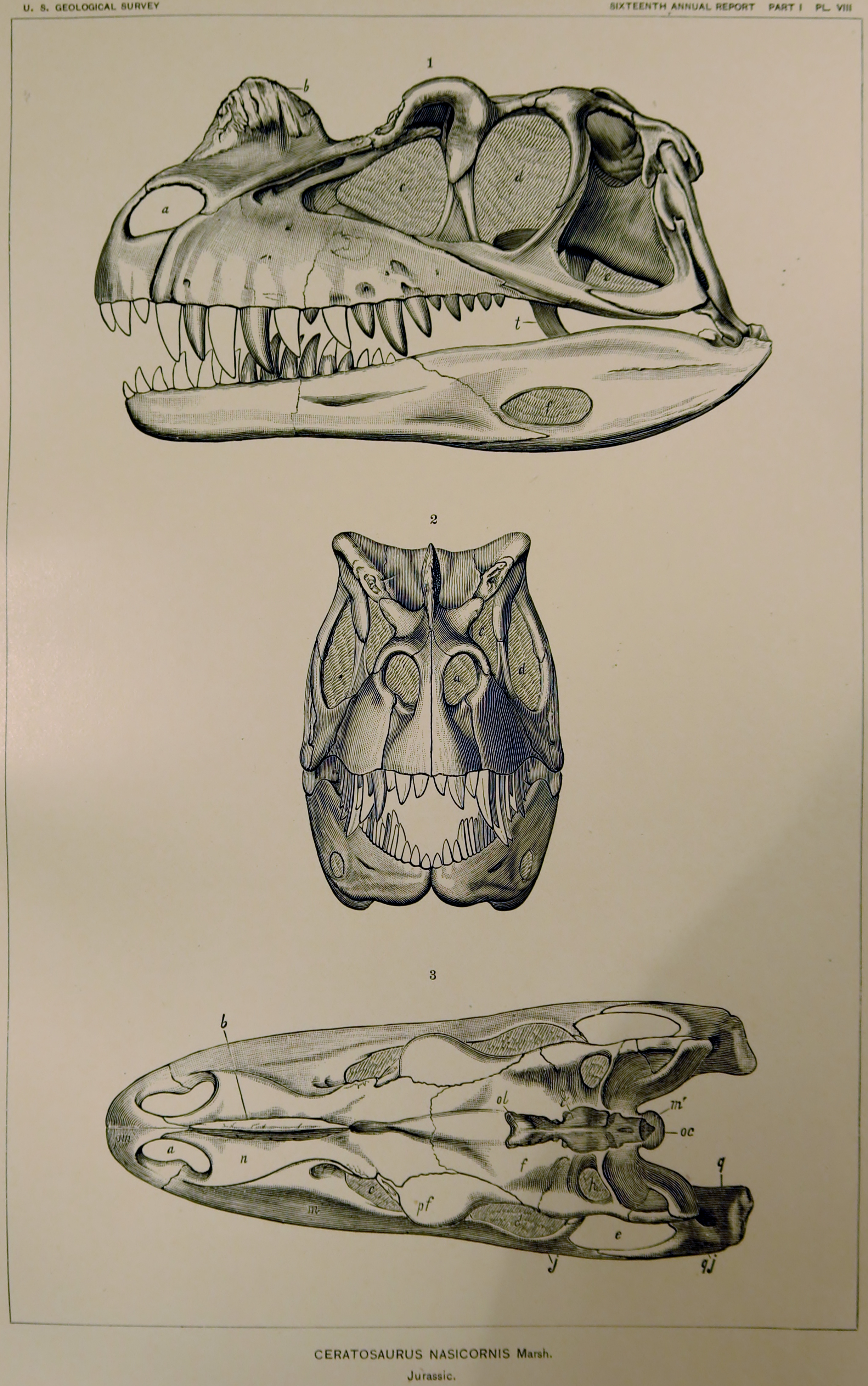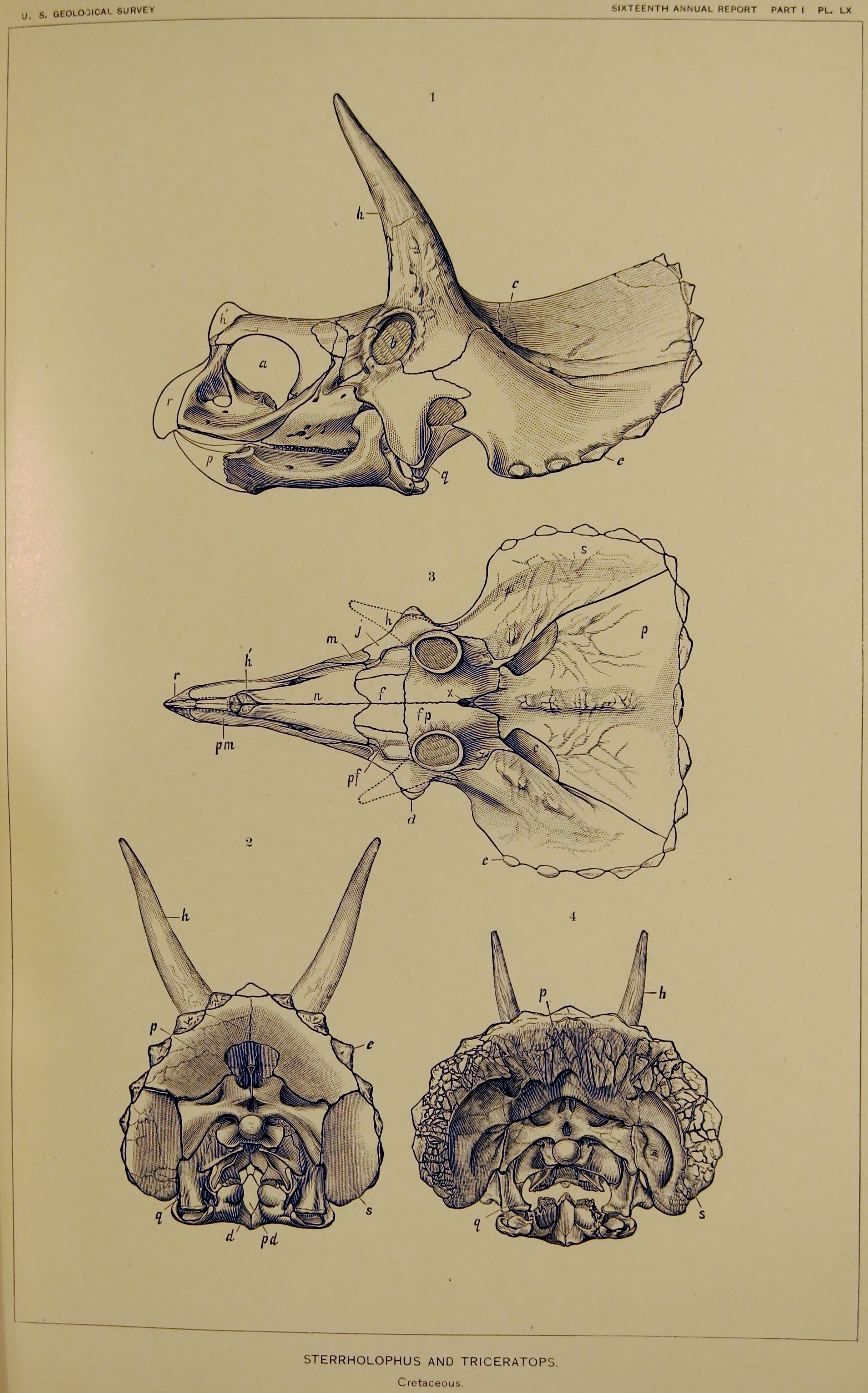By Dan Hinchen
The Brontosaurus is one of the most easily identified dinosaurs in popular culture. Just think about Little Foot, the main character in the animated movie, The Land Before Time, or about Fred Flintstone chowing down on a brontosaurus burger.
Despite this popularity, since 1903 this animal has officially been considered a non-entity. Rather than representing a singular genus of dinosaur, it was believed that the available fossils were actually those of a species of Apatosaurus, that archaeologists misidentified the bones. Thus, the lone species of the genus, Brontosaurus excelsus, was reassigned as A. excelsus.
Earlier this month, though, some members of the scientific community turned an about-face and accepted that the two genera of dinosaur, Apatosaurus and Brontosaurus, are distinct enough from one another to receive individual classification. Once again, Brontosaurus is a valid term. You can read more about the debate in nomenclature and cladistics in the articles listed at the end of this post.
So what does this have to do with the MHS?
Within our holdings is a publication created by Othniel Charles Marsh, the man credited with original identification and description of both the Brontosaurus and Apatosaurus, among many others. The Dinosaurs of North America (1896) is an extract from the 16th annual report of the U.S. Geological Survey.
In this report, Marsh looks at three main time periods in turn, beginning with the Triassic period, then Jurassic, then Cretaceous. In each period he splits his descriptions among three distinct orders of dinosaurs: theropods, sauropods, and predentata. The first part of the book is devoted to narrative description. As he begins a new order of animal he gives brief and broad descriptions of typical characteristics and geographic dispersal. Then he gets more specific, identifying major families and genera within each order.
Theropods were typically bipedal and carnivorous. The most famous of all the theropod dinosaurs must be Tyrannosaurus rex. Marsh, however, looks at some of its smaller cousins that were located in North America, like the Allosaurs and Ceratosaurs.

Sauropods were large four-legged herbivores (mostly), characterized very generally by huge, barrel-shaped bodies with long slender tails and necks, and relatively small heads. It is into this order that the genera Brontosaurus and Apatosaurus fall. Other fairly well-known names in this type are the brachiosaurs and diplodocidae.

The third and most varied order handled by Marsh in this book are the predentata, now known more widely as ornithischia. This order contains the armored stegosaurs and ankylosaurs, the horned ceratopsians, and the duck-billed hadrosaurs.

Following all of this narrative information are dozens of plates featuring detailed drawings of skeletons and individual bones. All of the images in this post come from this volume and are a small sampling of those present.

Unfortunately, when searching our online catalog, ABIGAIL, this item is the only one that comes up under the subject Dinosaurs. Still this volume is wonderful look at the work which laid the foundation for our modern understanding of these long-extinct creatures. Do you have any favorites that appear here? What do you think of the potential resurrection of the Brontosaurus?
For further reading
– Choi, Charles. “The Brontosaurus is Back.” Scientific American (2015). Accessed April 25, 2015. http://www.scientificamerican.com/article/the-brontosaurus-is-back1/
– Naish, Darren. “That Brontosaurus Thing.” Scientific American (2015). Accessed April 25, 2015. http://blogs.scientificamerican.com/tetrapod-zoology/2015/04/24/that-brontosaurus-thing/
– Switek, Brian. “Back to Brontosaurus? The Dinosaur Might Deserve Its Own Genus After All.” Smithsonian (2015). Accessed April 25, 2015. http://www.smithsonianmag.com/science-nature/back-brontosaurus-dinosaur-just-might-deserve-its-own-genus-species-science-180954892/?no-ist

